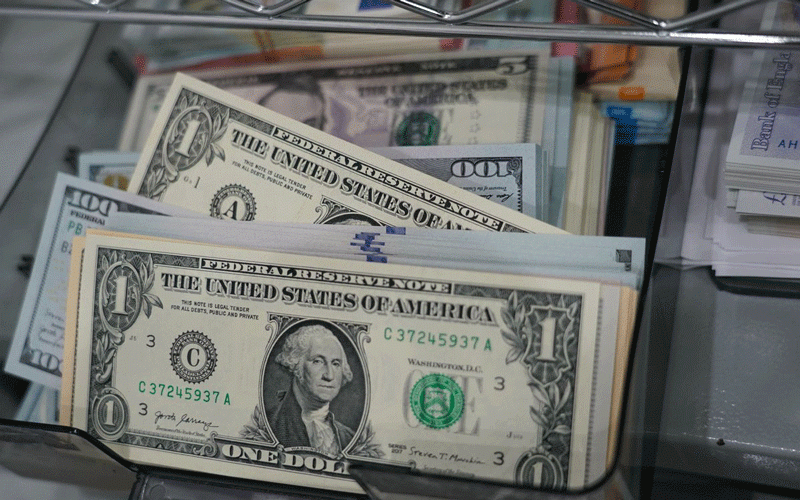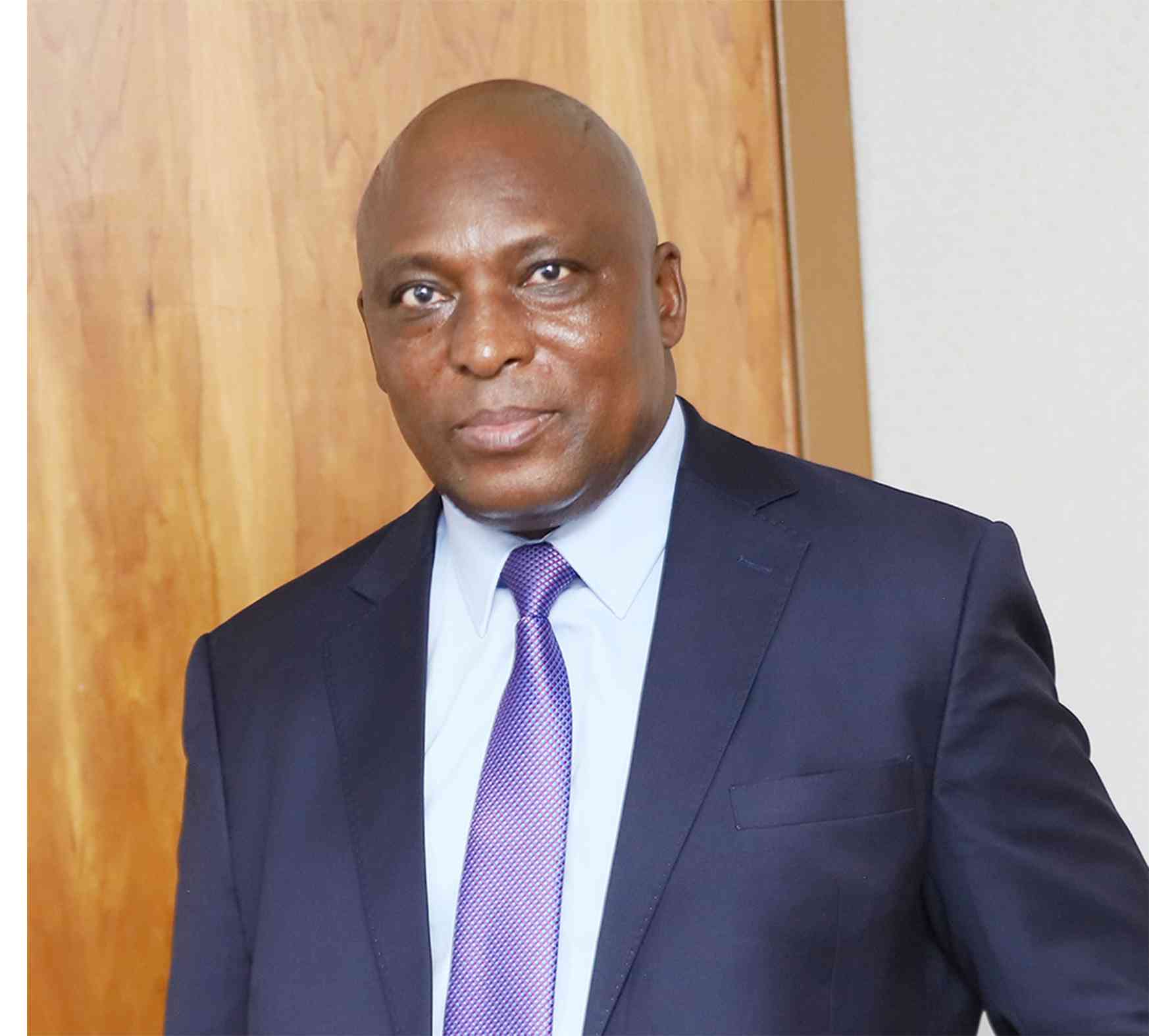
FINANCIAL reports in Zimbabwe continue to lose significance due to the ever-changing economic and legal environment. Several challenges continue to exist.
Brief history
In October 2018, the government of Zimbabwe gazetted a new monetary policy after introducing a local currency (ZWL) and prescribed that the use of United States dollars (USD), which was the then primary currency must trade at an exchange rate of 1:1 with the ZWL.
Accordingly, companies were now trading using both currencies and reporting them as having equal value in compliance with legislation.
However, this was contrary to the provisions of IAS 21, which requires currencies to be translated at prevailing market rates for financial reporting purposes.
As a result, in 2018 and 2019, the auditors expressed adverse audit opinions for most companies in Zimbabwe due to non-compliance with IAS 21
The other contentious issue was whether the primary currency of Zimbabwe was ZWL or USD.
Accountants struggled to figure this out as the operating environment was just too complicated to handle.
- DPC pays out $139 million
- Zimdollar shortage hits market
- Nedbank Zim profit surges
- Editor's Memo : Clean up procurement corruption
Keep Reading
During the last quarter of 2018, the market rates had drifted from 1:1 to an average of US$1:ZW$4, but companies maintained their financial reports at the gazetted rate.
Resultantly, financial reports began to lose significance as the numbers were divorced from reality.
Many companies reported inflated ZWL profits, and these would be legally regarded as USD profits whereas in substance, the profits were four times less in USD value.
Investors, both local and foreign rely on financial reports to make investment decisions.
Financial reports that are not in sync with reality deter investors.
Accountants as key stakeholders should always be consulted to unpack financial reporting implications whenever such policies are crafted.
In February 2019, the government made a U-turn and gazetted a new policy, which allowed the USD rates to be translated/traded using an interbank market rate, which was initially pegged at US$1:ZW$2,50.
This allowed the currency exchange rates to be established by market forces to a certain degree.
Eventually, the ZWL started to weaken each day. The rate shot from ZW$2,50 to an average of ZW$15 as the USD became scarcer.
Prices of goods and services began to skyrocket in tandem with the rate increases as retailers would peg their prices in USD though they would receive payments in ZWL in some instances.
Financial managers would prepare their management accounts in USD for easy interpretation of numbers and decision-making as the local currency was eroded by the runaway inflation.
In June 2019, a new policy was introduced to the effect that the use of multi-currency for local transacting was abandoned and only the ZWL should be officially used.
This worsened the situation as it triggered hyperinflation.
The parallel market rates for USD currency skyrocketed to an average of US$1:ZW$20.
Even some landlords began to charge rentals in USD to preserve value, but such distortions then added to the burden of citizens.
The problem was that not everyone is earning in foreign currency as compared to the 2009, multi-currency era.
In that case inequalities tend to rise, and it is the vulnerable and poor that are affected more.
Zimbabwe began to sink into the hyperinflationary environment. In view of that, the Public Accountants and Auditors Board (PAAB) advised that all conditions for application of IAS 29 (Financial reporting in hyperinflationary economies) were met and thus companies should start implementation of the accounting standard.
Following the serious shortage of foreign currency for essential imports, in September 2021, the Zimbabwean government introduced a facility for citizens to access US dollars at selected bureau de change establishments in the country.
This was in a bid to ease hurdles faced when attempting to access foreign currency in the prevailing environment.
Current situation
Barely three years after its introduction, the local currency is on the verge of collapsing and the country is re-dollarising at an unprecedented rate. On February 8 2022, the Finance and Economic Development minister Mthuli Ncube announced that civil servants’ earnings were increased by 20% in local currency with a component of the salary payable in hard currency at US$100 per month.
Rumours are that we are slowly heading towards official re-dollarisation, which will make the USD the official primary currency.
However, other government officials have ruled out adopting the US dollar as the country’s sole official currency, due to the potential negative impact on the local economy.
Fast forward to today, a good number of transactions are now in foreign currency with figures of up to 70% being discussed.
The complex technicality for accountants is how to deal with a reserve that is created when a country changes its primary and reporting currency. In 2009, the reserve was created, which resulted from foreign currency translation gains/losses when Zimbabwe dollarised, and this was generally a material amount.
For most companies, the reserve was stagnant in the accounting books until 2018 when Zimbabwe abandoned USD for local currency, on which date the same reserve ought to be rewound because significant forex translation gains/losses were again recorded.
It is a whole lot of complications, moving from ZWL to USD in 2009, then USD to ZWL in 2018, and potential ZWL to USD is looming.
This is where we stand regarding financial reporting in Zimbabwe. We are in limbo.
We do not know what is next as the economic and legal environment is quite complex, but I remain hopeful. Let us wait and see!
- Chimbohwayi is a chartered accountant, certified forensic auditor and registered pubic auditor. — [email protected]










